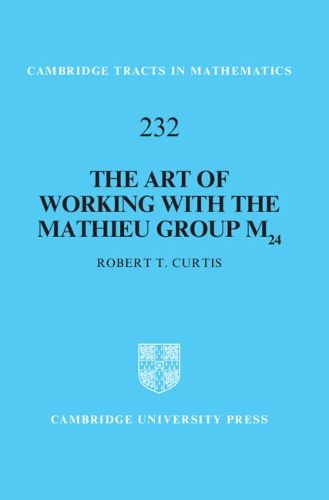Readings Newsletter
Become a Readings Member to make your shopping experience even easier.
Sign in or sign up for free!
You’re not far away from qualifying for FREE standard shipping within Australia
You’ve qualified for FREE standard shipping within Australia
The cart is loading…






The Leech lattice ?, the Conway group ?O, and the Monster group M are immensely famous structures. They each grow out of the Mathieu group M24 and its underlying combinatorial structure, and play an important role in various branches of mathematics and in theoretical physics. Written by an expert in the field, this book provides a new generation of mathematicians with the intimate knowledge of M24 needed to understand these beautiful objects, and many others. It starts by exploring Steiner systems, before introducing the Miracle Octad Generator (MOG) as a device for working with the Steiner system S(5,8,24). Emphasizing how theoretical and computational approaches complement one another, the author describes how familiarity with M24 leads to the concept of 'symmetric generation' of groups. The final chapter brings together the various strands of the book to produce a nested chain of groups culminating in the largest Conway simple group Co1.
$9.00 standard shipping within Australia
FREE standard shipping within Australia for orders over $100.00
Express & International shipping calculated at checkout
The Leech lattice ?, the Conway group ?O, and the Monster group M are immensely famous structures. They each grow out of the Mathieu group M24 and its underlying combinatorial structure, and play an important role in various branches of mathematics and in theoretical physics. Written by an expert in the field, this book provides a new generation of mathematicians with the intimate knowledge of M24 needed to understand these beautiful objects, and many others. It starts by exploring Steiner systems, before introducing the Miracle Octad Generator (MOG) as a device for working with the Steiner system S(5,8,24). Emphasizing how theoretical and computational approaches complement one another, the author describes how familiarity with M24 leads to the concept of 'symmetric generation' of groups. The final chapter brings together the various strands of the book to produce a nested chain of groups culminating in the largest Conway simple group Co1.